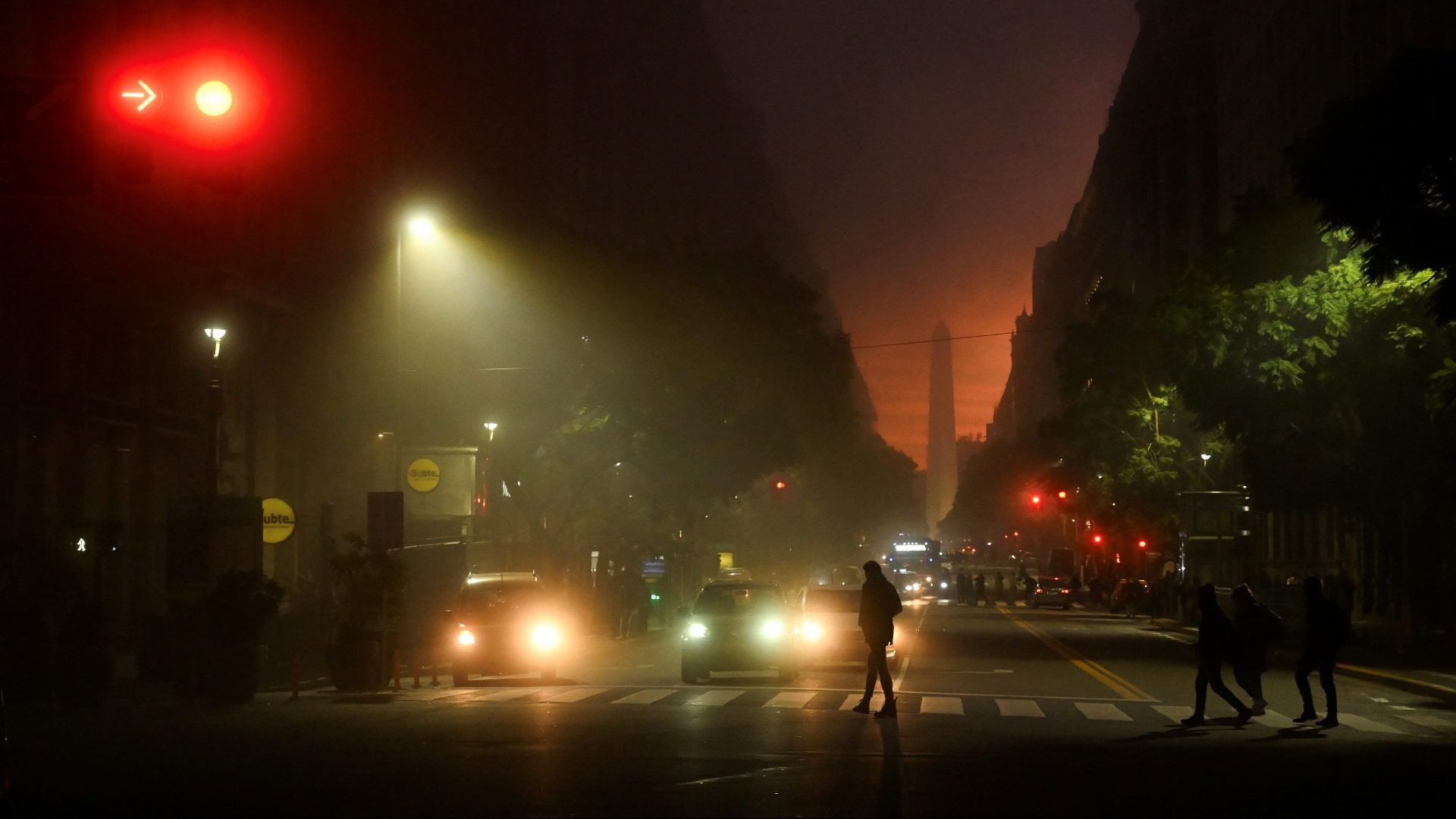Horror fiction – like erotica – provides a little bit of what we fancy. It’s a release valve, a bloodletting of sorts. And the genre’s current popularity says a lot about our times. Just as the Fifty Shades of Grey phenomenon shrugged off our collective sexual ennui at the turn of the Millennium, “horror” is now tackling our impotence over the real horrors scrolling through our feeds. And no more so than in Argentina, where things have suddenly gone Gothic.
The New Argentine Narrative movement – a group of writers looking to address the country’s oppressive past – features several prominent female writers of horror. Each, in their own way, refashions the tradition of the macabre, while all survey a dangerous world – of state evils and supernaturalism – through female eyes. The result is a hypnotic brew of folklore and psychological and social investigation.
Good and Evil and Other Stories, the latest collection of short stories by Samanta Schweblin, an Argentinian author based in Berlin, delivers six tales of uncanny, often intangible, terrors. In Schweblin’s 2017 novel Fever Dream, which was shortlisted for the Man Booker International Prize, a mother resorts to witchcraft to tackle Argentina’s environmental crimes. Her short stories have the same distorted realist pitch. The tangible and the inexplicable bind together like cancerous cells.
In Schewblin’s fictional world, wives and mothers feel the worst of it. In the collection’s opening story, Welcome to the Club, a woman jumps off a pier tied to rocks to escape her unhappy marriage. But even this is a disappointment: “What if this is it?” she thinks, underwater. “To wonder and float for the rest of eternity: the first real fear I have that day.”
In several stories, the dynamic between adults and their children is shaken by carelessness, mirroring the relationship between Argentina’s authorities and its people. In one, a father is tormented by guilt when his son is left voiceless after swallowing a battery. In another, an unaccompanied boy falls from a ledge and is – possibly, possibly not – reincarnated as a horse. And in the most affecting story, The Woman from Atlántida, two sisters on a beach holiday climb out of their windows at night to take care of an alcoholic poet in her ramshackle home along the shore. Schweblin creates pitch black contemporary fairytales.
Arguably the queen of the South American Gothic is Mariana Enríquez, nicknamed the “Argentinian Mary Shelley”. Enríquez has had three collections translated into English, each brimming with spectres, rattling bones and vengeful offspring.
Suggested Reading

Milei gets stoned
In her 2021 story, Back When We Talked to the Dead, Julita and her school friends use a Ouija board to try to contact her parents, victims of Argentina’s period of military dictatorship. “The thing was that everyone knew Julita’s parents hadn’t died in any accident: Julita’s folks had disappeared. They were disappeared. They’d been disappeared.”
Speaking at the Hay Festival in 2024, Enríquez recalled the dictator years. “The atmosphere was extremely fantasmagoric,” she noted. “If my parents didn’t come home after work at, say, 8pm, I started being really anxious, as if I was absorbing what was going on in the air.” She grew up with the fiction of Stephen King, who she maintains is as much of a social writer as her South American contemporaries.
Her new book, Somebody is Walking on Your Grave, is a non-fiction account of her travels to the world’s great cemeteries. Colonial violence, voodoo, each cemetery becomes a window on how and why people die and the strange rituals we use to embroider those harsh truths.
Agustina Bazterrica, winner of the marvellously named Ladies of Horror Fiction prize, certainly didn’t resort to beautification with her bestselling 2020 novel Tender is the Flesh. As one reader put it, her book was “the dystopian cannibal horror everyone is talking about! TikTok made me buy it!” Few blurbs quite signpost our current mindset and publishing industry as chillingly as that one. In the novel, a virus has made animals toxic, and so humans are being farmed for meat. The book was released just as Covid came along. Readers lapped it up.
In her new novel, The Unworthy, Bazterrica turns from cannibalism to the rabidity of Catholicism. In a post-apocalyptic Buenos Aires, the House of the Sacred Sisterhood is less a sanctuary than a torture chamber for the girls in its care. Bazterrica is the unrivalled mistress of body horror.
The Buenos Aires horror of Schweblin, Enríquez and Bazterrica is a shape-shifting thing. One moment it is centred on the dark recesses of society, then it’s focused on the failings of family. Sometimes it veers into the fantastical, at other points it riffs on the tradition of the ghost story. What is distinct, however, is its feminist edge, which bores through Argentina’s recent history to reveal an appalling absence of responsibility.
Good and Evil and Other Stories by Samanta Schweblin (Picador)
Somebody is Walking on Your Grave by Mariana Enríquez (Granta)
The Unworthy by Agustina Bazterrica (Pushkin Press)
Christian House is a freelance arts and literature journalist



